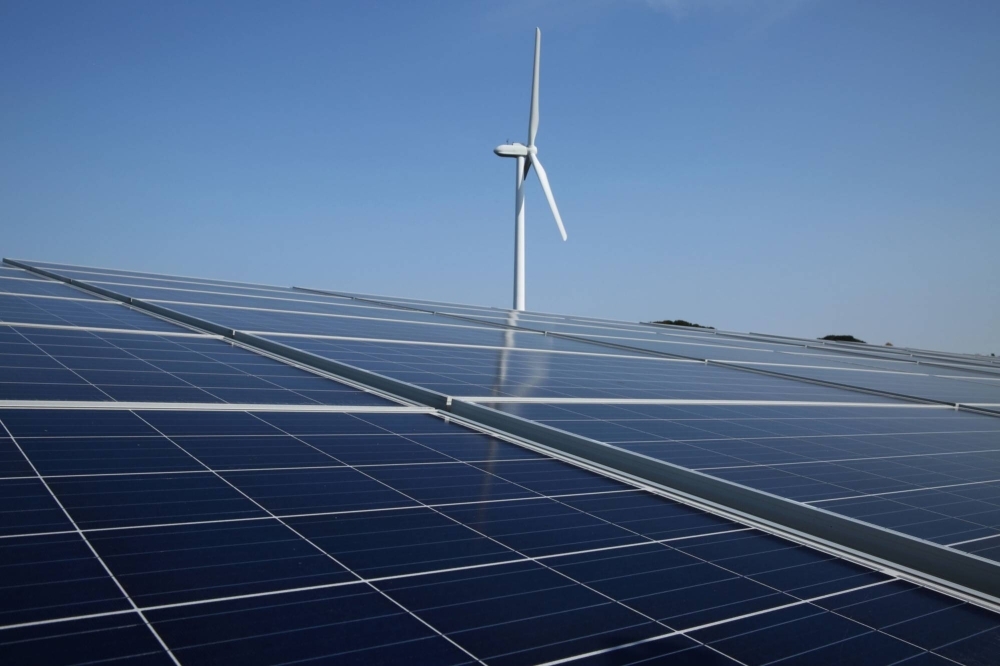The cheapest way for Japan to meet its 2030 emissions reduction and mid-century net zero goals is to deploy mature, clean technologies like wind and solar generation, as well as electric vehicles, according to a report from BloombergNEF.
The analysis stands in contrast to the transition pathway the country has staked out that may extend the life of its coal and gas-fired generation through 2050 by co-firing facilities with ammonia and hydrogen and capturing the emissions.
Japan’s climate transition policies have made it an outlier among its Group of Seven peers, who are mostly pivoting toward clean energy and away from fossil fuels that generate the carbon dioxide and methane releases responsible for warming the planet. Its current emissions-reduction trajectory strays the furthest from what’s needed by 2030 to reach net zero by 2050, according to data compiled by Bloomberg and the Network for Greening the Financial System.
Japan spent $1.8 trillion (¥254 trillion) on fossil fuel imports over 2010-2022, which is equivalent to an annual average spending of more than 3% of GDP, according to BNEF’s New Energy Outlook Japan report released Tuesday.
"If Japan can redirect some of this expenditure toward deployment of mature clean technologies such as solar, wind and electric vehicles, it would create more domestic economic opportunities while reducing emissions and strengthening its energy security,” analyst David Kang said in the report.
Resource-poor Japan, which hosted the G7 summit this year, has repeatedly emphasized the need for a variety of options to achieve energy security and net zero by 2050. That includes not only renewables, but fossil fuels like natural gas and technologies that have yet to be scaled up including carbon capture, storage and utilization, as well as co-firing ammonia and hydrogen in thermal power plants.
The country has argued that developing nations also need a diverse pathway to reach carbon emission reduction targets.
Key to unlocking Japan’s renewables potential is boosting the nation’s grid investment to make it easier for wind and solar developers to supply clean electrons where they are needed most, according to BNEF. Being able to connect demand centers like Tokyo and Osaka to renewable development like offshore wind installations expected near the northern island of Hokkaido or solar development in the southern region of Kyushu is crucial to maximizing the country’s renewables potential.
In the transition scenario mapped by out BNEF, Japan needs $489.3 billion in grid investment between 2022 and 2050 to fully integrate enough wind, solar and batteries to decarbonize its power generation sector. The current government’s estimate for interregional transmission grid investment is estimated at between $27 billion and $40.5 billion through mid-century.




